Judith Barrington's Writing the Memoir
Chapter 4
Readers seek out memoirs because they want true stories. But the truth, according to Judith Barrington in her book Writing the Memoir, is more than using Google to fact check. There are also emotional truths, which are harder than factual truths due of our imperfect memories, because they might offend our friends, families and communities, and because they can be painful, both to write, and to read. All of these ideas made for a fascinating podcast conversation.
Also in this episode, we interview Raime Liddle, whose on-the-road life adventures with her mother-in-law went viral and led to a her writing Driving Miss Norma. And then in our writing exercise, Kim recounts a harrowing bike accident she had as a teen.
Want to hear more of our exercise workshop? We post the bonus podcast, SnarkNotes, and detailed write up of the exercises on our Words to Write by Patreon account.
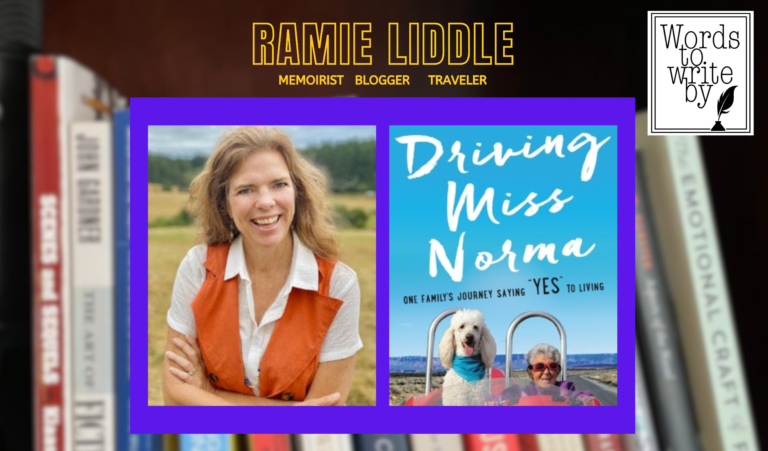
How does a couple’s travel blog for family and friends turn into a full fledged book? In this interview, co-author of Driving Ms. Norma, Ramie Liddle shares with us her memoir writing process. Join us as Liddle takes us step by step in her inspirational journey from viral blog to traditional publication.
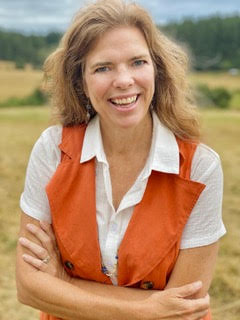
"If you can write a story that you would like to read then maybe someone else will too."
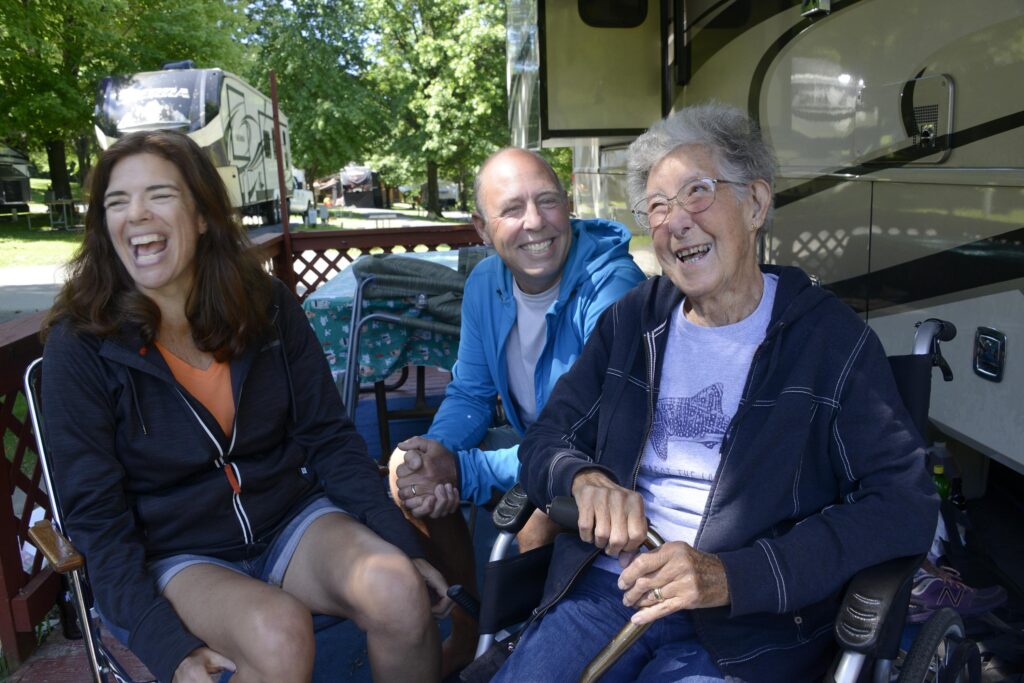
Ramie Liddle and her husband, Tim Bauerschmidt, have been living full-time on the road since 2011. In 2015, when Tim’s mother, Norma, was diagnosed with terminal cancer, they offered to take her along on their travels. Ramie’s Facebook blog chronicling their adventures went viral and resulted in Tim and Ramie writing a memoir about this remarkable time. You can buy the book, Driving Miss Norma, and find out more, here.
The Writing Exercise
Think of an incident that one or more people might see very differently than you. Tell the story beginning with the words, “This is how I see what happened…”
Telling the Truth: What, Why, and How
Writing a memoir can be serious business and there’s a lot to get wrong. This is of the utmost importance for any memoirist hoping to both win readers and avoid Oprah’s wrath. Thankfully, Barrington weighs the importance of The Truth in memoir, both factual and emotional. Both Kim and Renee agree this is, so far, the most useful chapter of the bunch. One poignant word of wisdom after another, Barrington may have earned the title of Quote Queen in this chapter.
Most readers of memoir allow for a semblance rather than a strict accounting of the facts. It has to be entertaining, after all. Kim, not so much a memoirist as a reader of memoir, had this to say:
“It’ not critical to my enjoyment that they tell me the absolute truth. I’d rather have a memoir that’s enjoyable and maybe a little bit fidgety on the truth, as opposed to absolutely correct but boring.”
Factual Truth vs Emotional Truth
Factual Truth
I think it’s safe to say we’re all familiar with the lying liar James Frey incident on Oprah all those years ago. If not, you’re unfortunately NOT in luck unless you pay to see the whole thing. Here’s an interrupted clip for your viewing pleasure.
Quite the cautionary tale, A Million Little Pieces serves as a true nightmare for any writer attempting to turn facts into entertainment. But Frey isn’t the only one who has fudged the truth a little too much (and got caught). Margaret Seltzer’s Love and Consequences: A Memoir of Hope and Survival tells the story of a half Indian girl who grew up in foster care and ran with gangs. After reaching the best seller list, it was discovered that Seltzer was in fact white and instead of running with gangs in the inner-city of LA, the author had attended private school and grew up in affluent Sherman Oaks. There’s even an example of a faked Holocaust memoirs, if you can believe that.
In other words, if you’re writing a memoir, it’s important that your facts line up.
Emotional Truth
The Emotional Truth, however, relies on the author’s point of view and interpretation of facts. No two people will experience the same event in the exact same way. With that said, some events can feel too painful to make public. How does one balance the needs of the reader but maintain the accuracy of painful material?
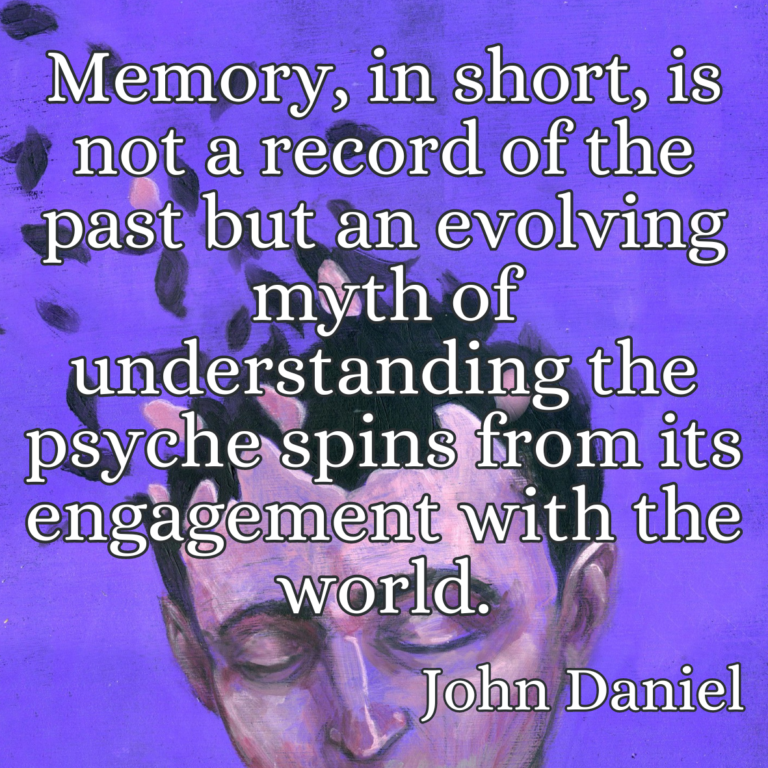
Dark Humor
Barrington says it’s all about the tone, the emotional register of the author’s voice. She mentions one way to tackle difficult material is through dark humor. Here are some examples of how some memoirists utilize humor in their tone.
“We were young. We were bored. And the old electroshock therapy machine was just under the stairs in a box next to the Hoover.”
― Augusten Burroughs, Running With Scissors
“After a few months in my parents’ basement, I took an apartment near the state university, where I discovered both crystal methamphetamine and conceptual art. Either one of these things are dangerous, but in combination they have the potential to destroy entire civilizations.”
― David Sedaris , Me Talk Pretty One Day
“Grandma had been encouraging me to castrate men since I was old enough to know what dicks even were.”
-― Danielle Henderson, The Ugly Cry
Why Risk It?
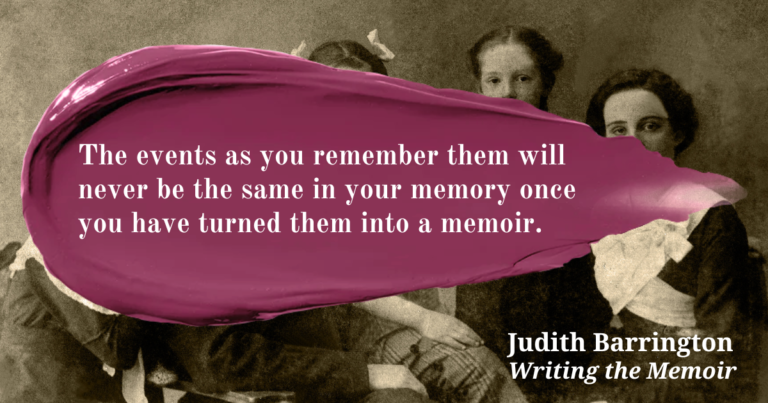
It’s risky to air abuse and violence. Without to right tone, it won’t have the desired distance to make it art. In the wrong hands, it may come across as just a list of grievances or a sob story. (And even in the right hands, authors like Alice Walker and Philip Roth still get flack from their communities. Sometimes, you just can’t please everyone).You have to package these difficult truths in a way that the reader will want to receive it when it’s delivered. Readers don’t read holocaust narratives or memoirs detailing child abuse because they enjoy seeing it; they want to know how the author survived despite it.
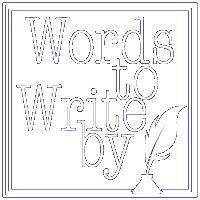
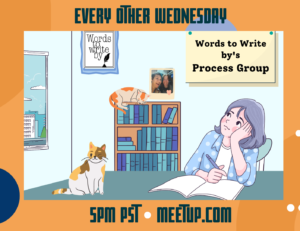
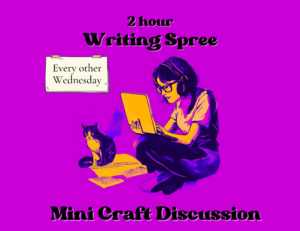

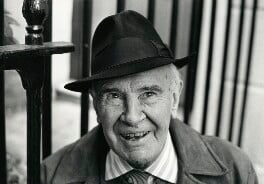
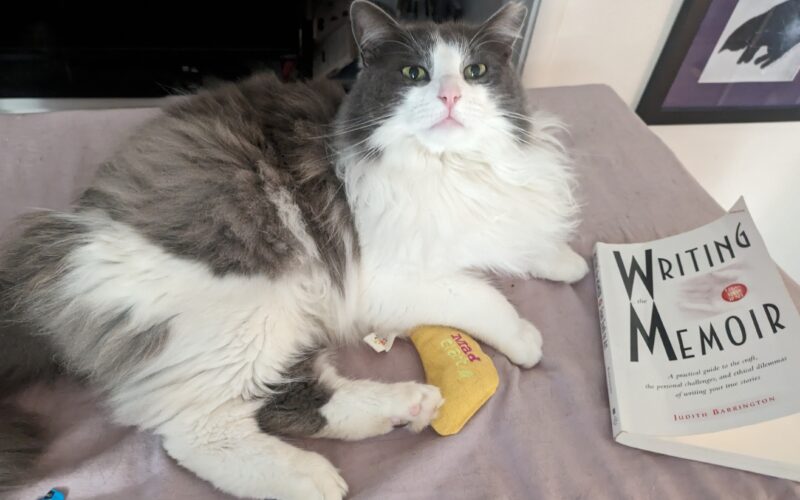
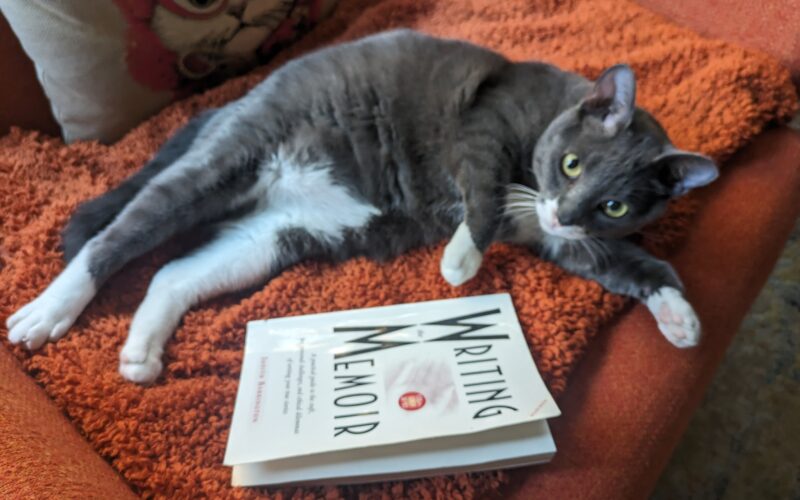
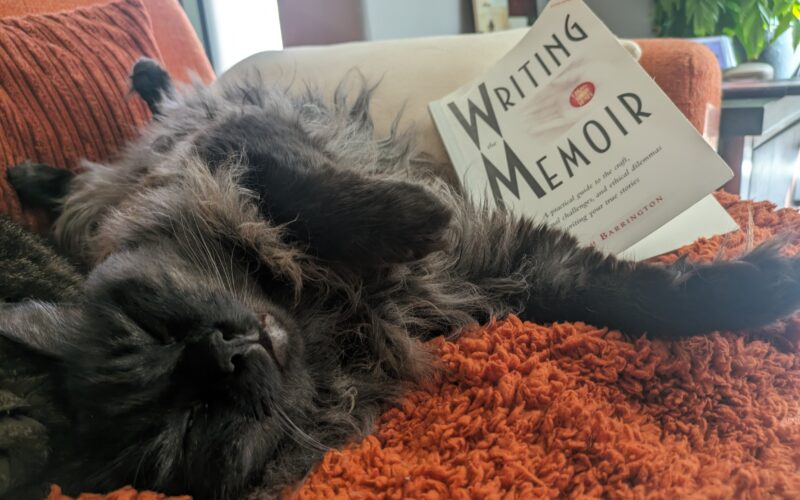
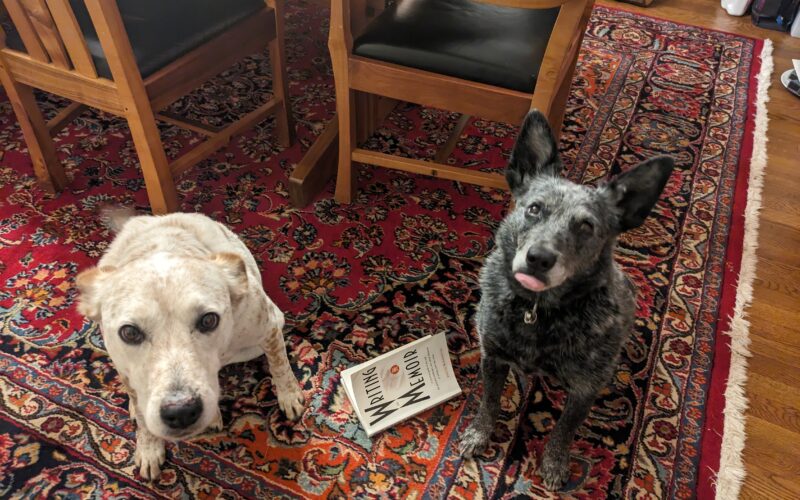
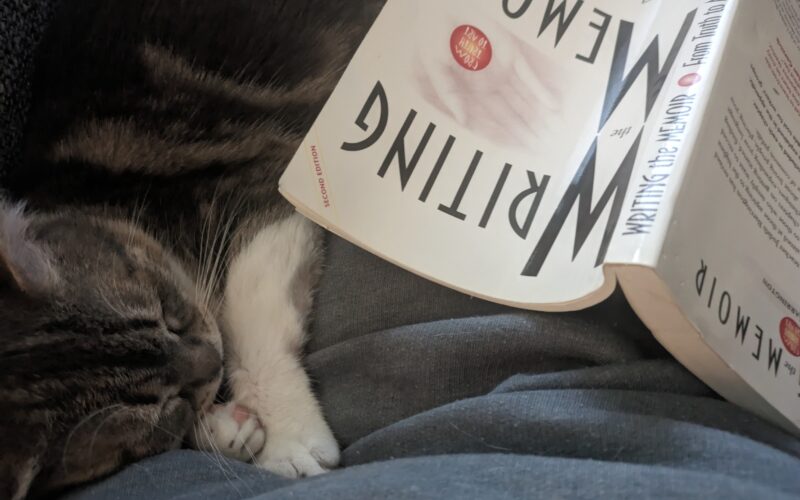
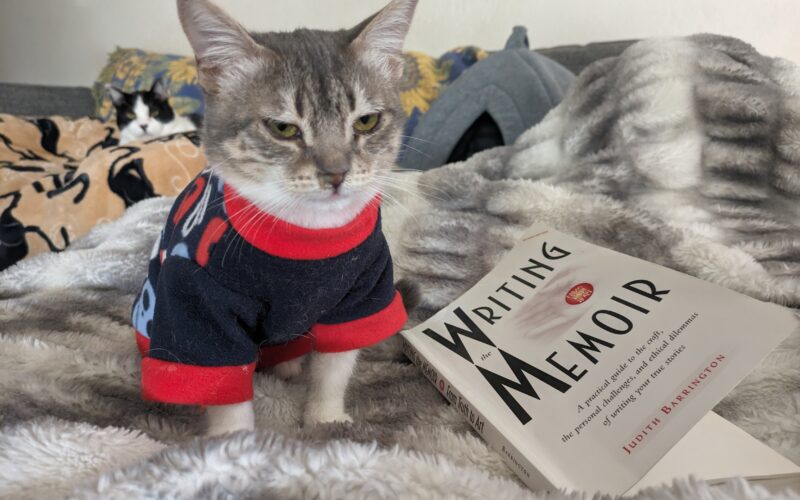
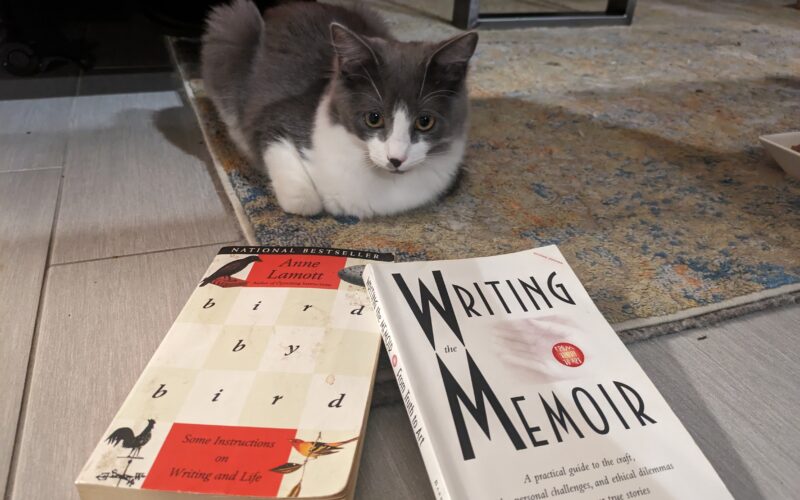
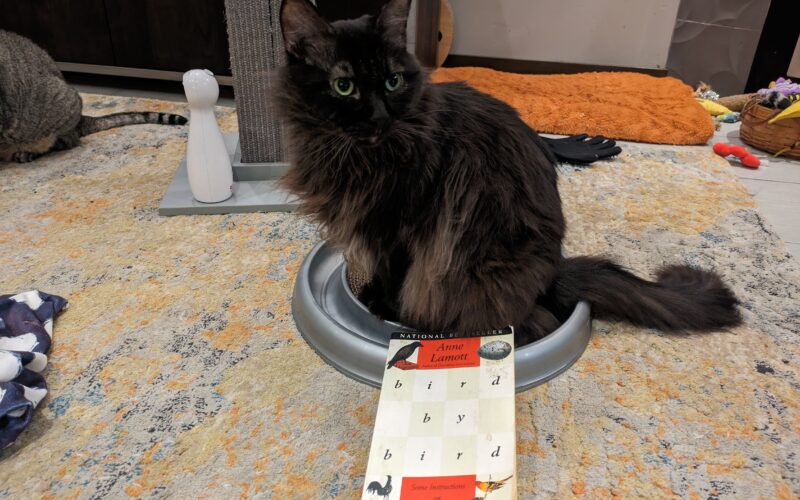
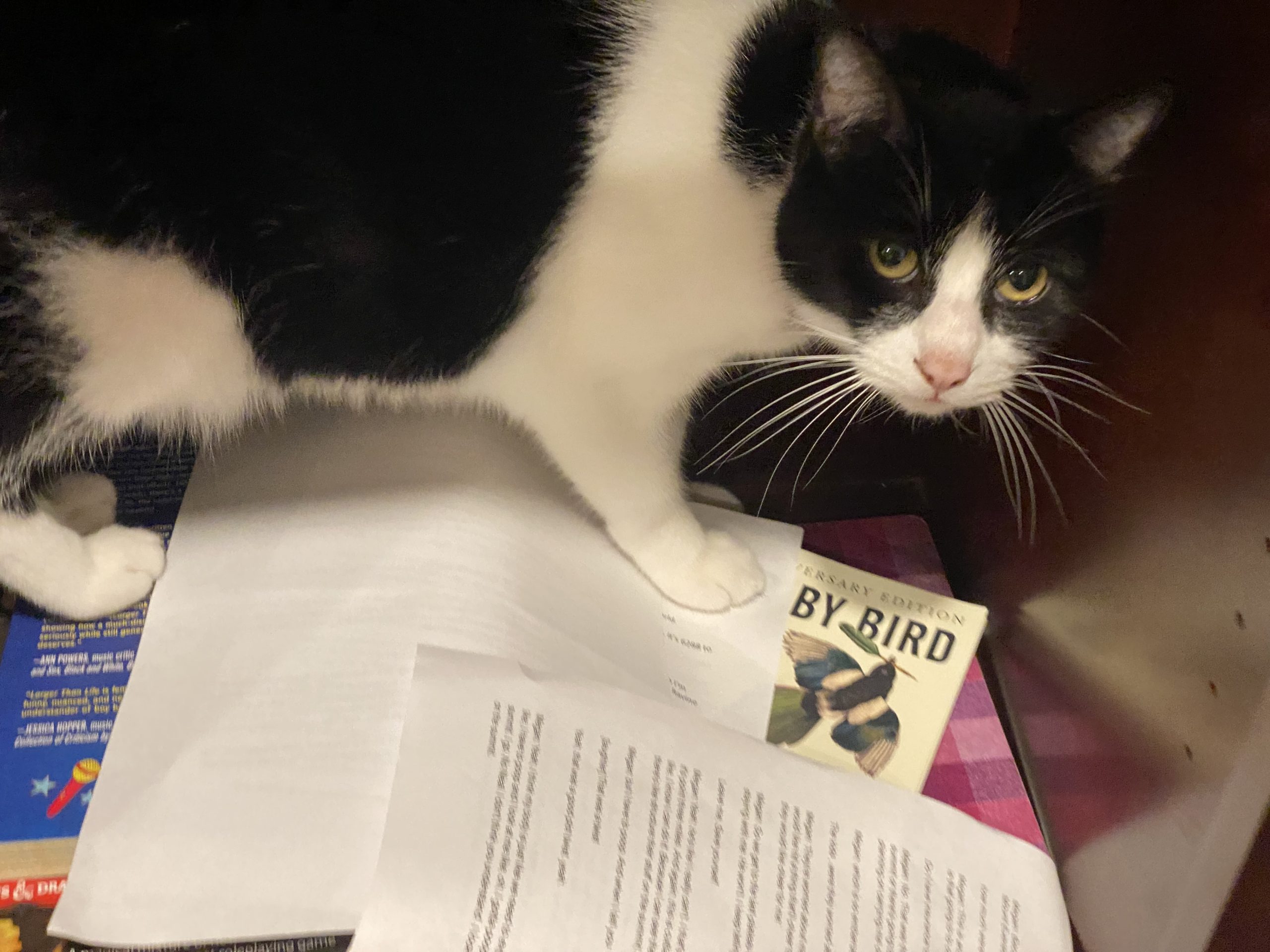
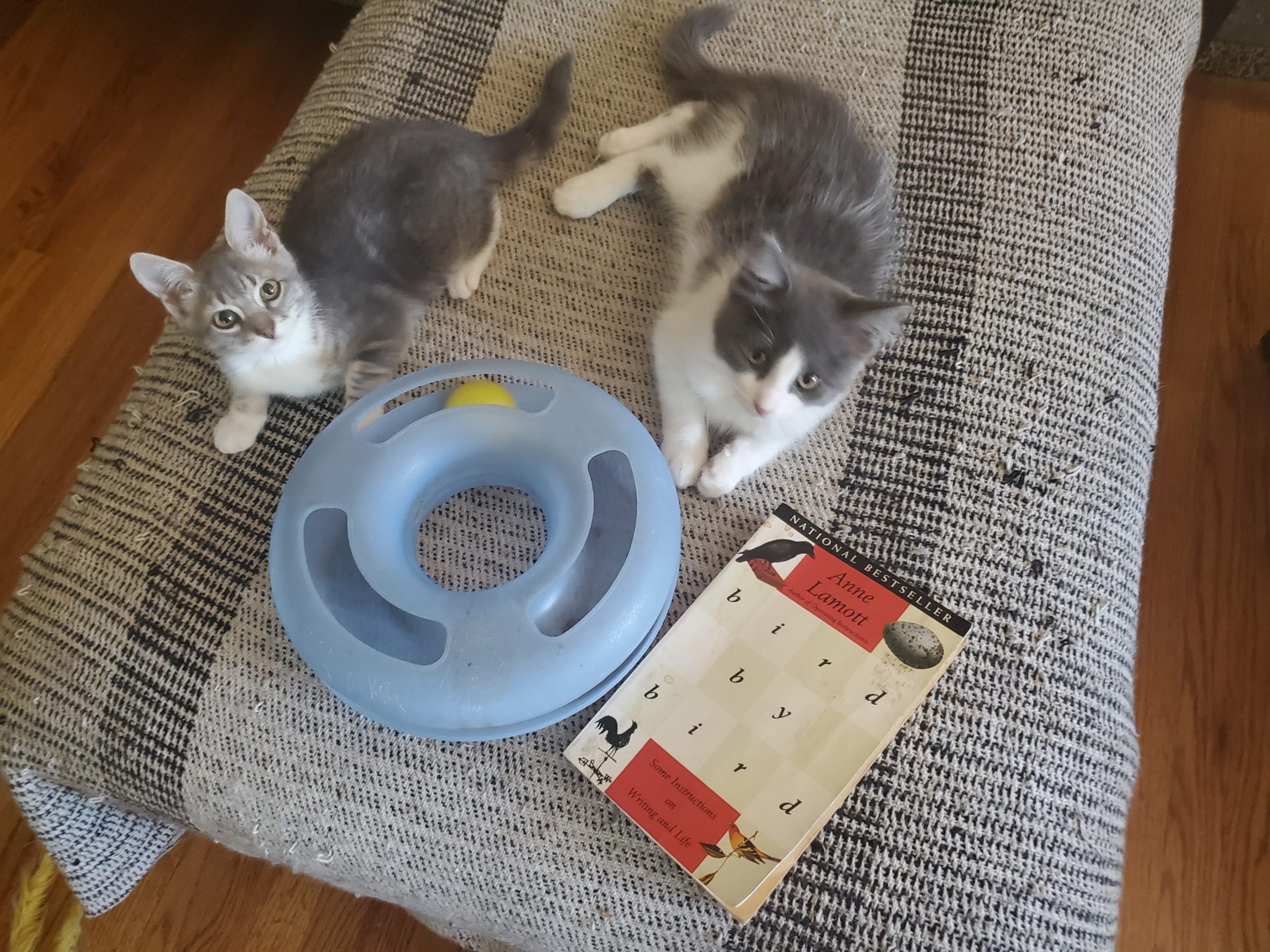
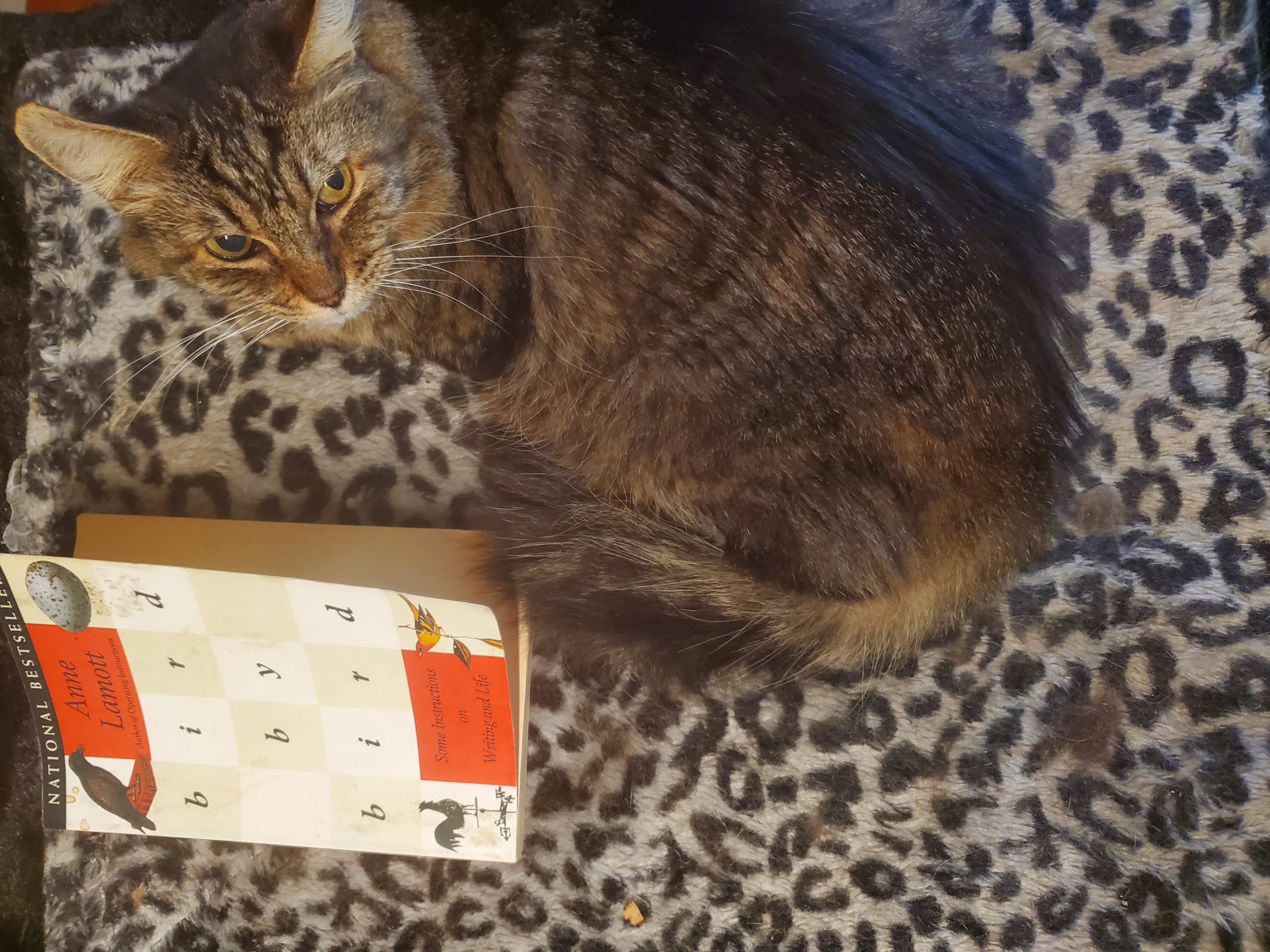

The Secret to Getting Your Short Stories Publish
Okay, maybe that's a bit of hyperbole, but not by much. In this stand alone episode we talk with Erik Klass, the entrepreneurial editor behind the submission service Submitit...